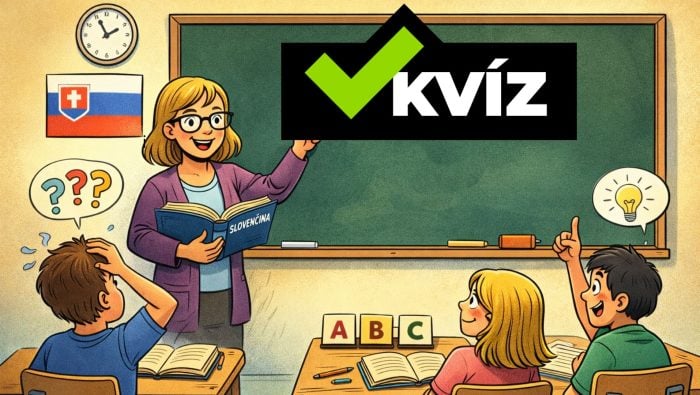Všetci sa iste zhodneme, že zdravie je u každého človeka prvoradé. A tým, pravdaže, myslíme aj duševné zdravie. Hoci sa situácia už značne zlepšila, žiaľ, ešte stále sa môžeme stretnúť s tým, že sú psychické choroby a problémy bagatelizované, a ľudia, ktorí sa nimi trápia, sú stigmatizovaní.
Umelec Shawn Coss sa vo svojej tvorbe rozhodne temným subjektom nevyhýba. Jeho maľby sú pochmúrne a vyvolávajú predstavu nejakého šialeného hororu. Inak tomu nie je ani v tomto prípade, keď Shawn veľmi originálne a presne ilustroval jednotlivé psychické choroby.
V jeho podaní tieto ochorenia vystupujú ako temné a strašidelné bytosti. Pripomína nám tým, akou ťažobou a vnútornými démonmi ľudia s psychickými chorobami trpia.
1. Depresia
2. Alzheimerova choroba
(pre zobrazenie klikni na šípku vpravo)
3. Úzkosť
4. Post-traumatická stresová porucha
5. Porucha aktivity a pozornosti
6. Bipolárna porucha (maniodepresia)
7. Anorexia
8. Autizmus
9. Antisociálna porucha osobnosti
Zdroj: Shawn Coss/instagram.com




















